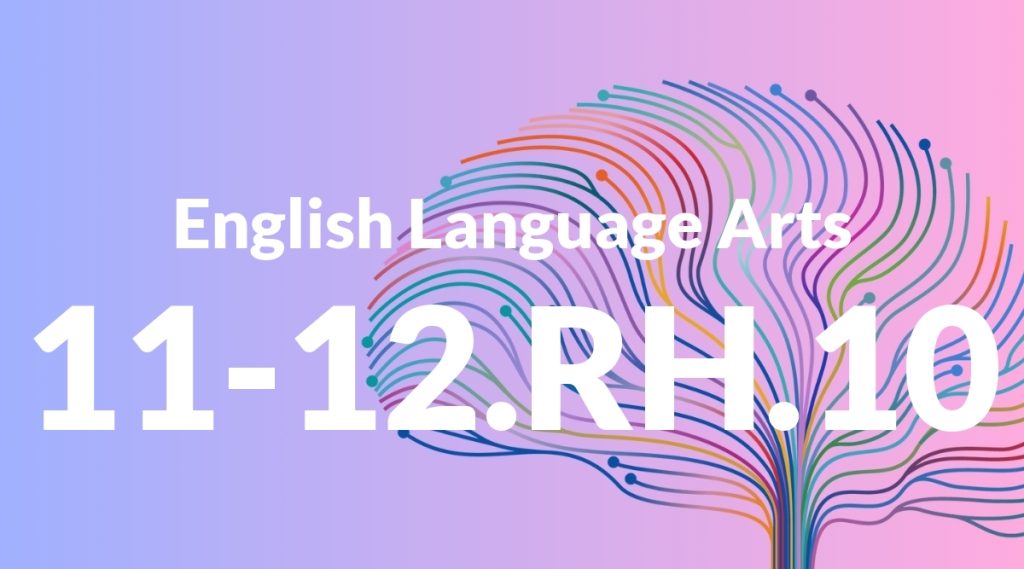Standard: 11-12.RH.1 – Cite specific textual evidence to support analysis of primary and secondary sources, connecting insights gained from specific details to an understanding of the text as a whole.
Grade level: Grade 11-12
Subject: English Language Arts
Domain: History/Social Studies
Teacher Overview
This standard requires students to cite specific textual evidence to support their analysis of both primary and secondary sources. This skill is crucial for developing critical thinking and the ability to interpret and understand historical texts within a larger context. Students should already know how to identify different types of sources and have basic analytical skills for understanding main ideas and supporting details.
Mastering this standard will enable students to critically evaluate complex texts and use textual evidence effectively in their arguments, preparing them for advanced academic work and informed citizenship.
Common Misconception 1
A common misconception is that any detail from a text can serve as evidence. This is incorrect because evidence needs to be directly relevant and supportive of the analysis being conducted.
Intervention 1
One intervention is to use guided practice with sample texts, helping students to identify which details are most relevant to their analysis.
Common Misconception 2
Another misconception is that primary sources are always more credible than secondary sources. This is incorrect because secondary sources can provide valuable context and synthesis that primary sources might lack.
Intervention 2
To address this, provide examples where secondary sources give a more comprehensive view and discuss the different roles and benefits of both types of sources.
Prerequisite Knowledge
Students should have a foundational understanding of how to identify primary and secondary sources and basic skills in analyzing texts for main ideas and supporting details.
Subsequent Knowledge
After mastering this standard, students will be able to critically evaluate complex texts and use textual evidence to support their arguments in both written and oral formats.
Instructional Activities
- Analyzing excerpts from historical speeches
- Comparing primary and secondary accounts of the same event
- Writing essays that require citing multiple sources
- Group discussions on the credibility of different types of sources
- Creating annotated bibliographies




